Reorganizing commune-level administrative units and ending the operation of district-level administrative units is a breakthrough step that not only brings immediate benefits, but also opens up space and opportunities for sustainable and long-term development. Implementing the Central Government's direction, Quang Ninh province has accelerated the progress of administrative unit restructuring and built a 2-level local government organization model suitable to the time and actual conditions of the locality.
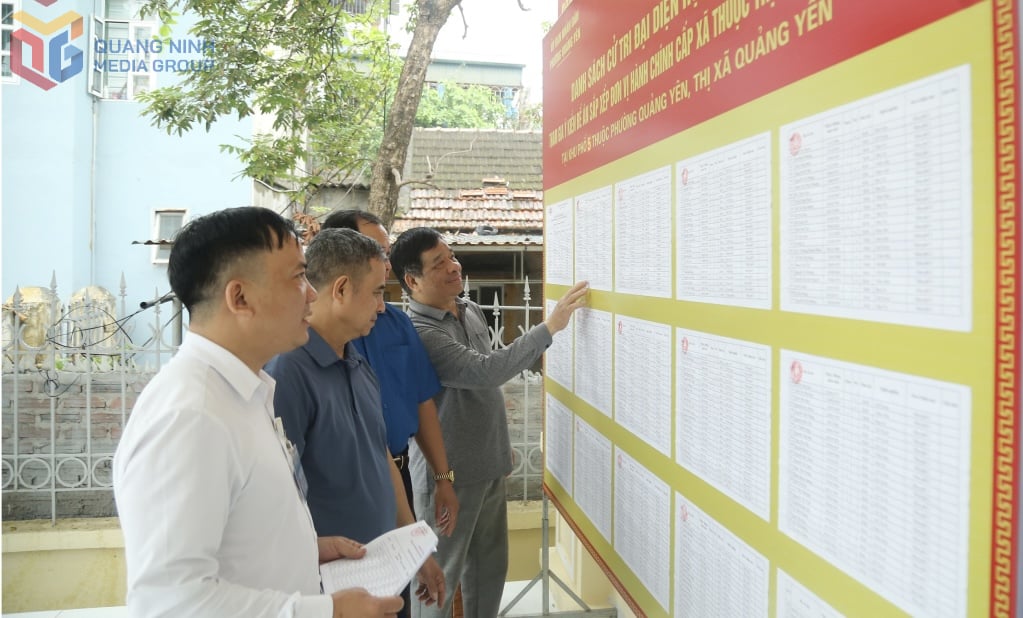
According to Resolution 11 of the 13th Central Committee and Plan No. 47-KH/BCĐ dated April 14, 2025 of the Central Steering Committee on the implementation of the arrangement and merger of provincial and communal administrative units and the organization of a two-level local government system, from July 1, 2025, 696 districts, towns and cities nationwide will cease operations and the commune level will be reduced by about 60-70% of the total 10,035 units.
The reorganization of commune-level administrative units and the eventual abolition of the district level is an inevitable step, in line with the modern development trend, meeting the practical requirements of the country. This policy not only aims to reduce the number of intermediary agencies in state management, but also aims to build a dynamic administration, close to the people, serving the people better.
Immediately after the Central Government issued the policy, localities across the country took urgent, proactive and drastic action. On April 15, 2025, the Quang Ninh Provincial Party Committee issued Conclusion No. 1207-KL/TU on the plan to arrange commune-level administrative units in the province. The Conclusion stated: On April 14, 2025, the 68th Provincial Party Executive Committee Conference, term XV, term 2020-2025 discussed and gave opinions on the plan to arrange commune-level administrative units in Quang Ninh province. Accordingly, the plan to arrange commune-level administrative units in Quang Ninh province was basically agreed upon, which is 51 units, including 27 wards, 21 communes and 3 special zones (Van Don, Co To, Mong Cai). In case the Central Government approves 2 special zones (Van Don, Co To), the commune-level administrative units of the whole province will be arranged into 54 units, including 30 wards, 22 communes and 2 special zones.

In Conclusion No. 1207-KL/TU, the Provincial Party Committee assigned the Provincial Party Committee Standing Committee to direct the Provincial People's Committee to continue to complete the Project on not organizing the district level and rearranging and reorganizing the commune-level administrative units of Quang Ninh province to ensure quality and progress, and submit it to competent authorities for approval according to regulations. The process of completing the project must pay attention to factors related to natural conditions, traffic infrastructure, distribution and organization of economic development spaces, in order to maximize the potential and development advantages of each locality, support each other to promote the common socio-economic development of the commune-level administrative units after the rearrangement; review and adjust the administrative boundaries of a number of units to overcome the shortcomings and inadequacies left by history in the state management of administrative boundaries and planning.
With the arrangement plan, the commune-level administrative units have larger populations, more favorable natural conditions, and more synchronous infrastructure. This is a revolution in the organization of the state apparatus, reflecting the strategic vision and very high political determination of our Party and State.
The momentum of implementing the administrative unit arrangement spread to every level, every sector, and every locality in the province. The working atmosphere in working groups, implementation conferences, or public opinion gathering were urgent and exciting, clearly demonstrating a sense of responsibility and high consensus. Almost everywhere, when receiving opinion forms, people were enthusiastic and excited to receive the Party's policy and expressed high consensus with the arrangement plan that localities had carefully studied and ensured to be scientific.
According to the Department of Home Affairs, out of nearly 357,000 voters representing households in the province who participated in the vote, 99.53% agreed with the plan to reorganize commune-level administrative units and 98.99% agreed with the name of the new commune-level administrative units. Many localities had a very high rate of voter consensus, reflecting the sense of responsibility of the people, as well as democracy in the implementation process.
Typically: Tien Yen district has 99.9% of voters agreeing with the establishment of a new administrative unit and 99.43% agreeing with the new administrative name; Binh Lieu district has 99.79% of voters agreeing with the establishment of a new administrative unit and 99.55% agreeing with the new administrative unit name; Uong Bi city has 99.50% of voters agreeing with the establishment of a new administrative unit and 97.1% agreeing with the new administrative unit name... This is the solid foundation for the success of this arrangement.
Initial concerns about the name, headquarters, history of formation, etc. were quickly resolved by the transparency, openness and persuasiveness in each step of the government. People understood that this was not a simple separation and re-merger, but a process of restructuring the development space, opening up opportunities and conditions for strong development in each locality, leaving a deep mark on the journey of building a modern, effective, efficient, for-the-people and close-to-the-people administration.
Hoai Anh
Source






![[Photo] Prime Minister Pham Minh Chinh chairs the conference to review the 2024-2025 school year and deploy tasks for the 2025-2026 school year.](https://vstatic.vietnam.vn/vietnam/resource/IMAGE/2025/8/22/2ca5ed79ce6a46a1ac7706a42cefafae)
![[Photo] President Luong Cuong receives delegation of the Youth Committee of the Liberal Democratic Party of Japan](https://vstatic.vietnam.vn/vietnam/resource/IMAGE/2025/8/22/2632d7f5cf4f4a8e90ce5f5e1989194a)

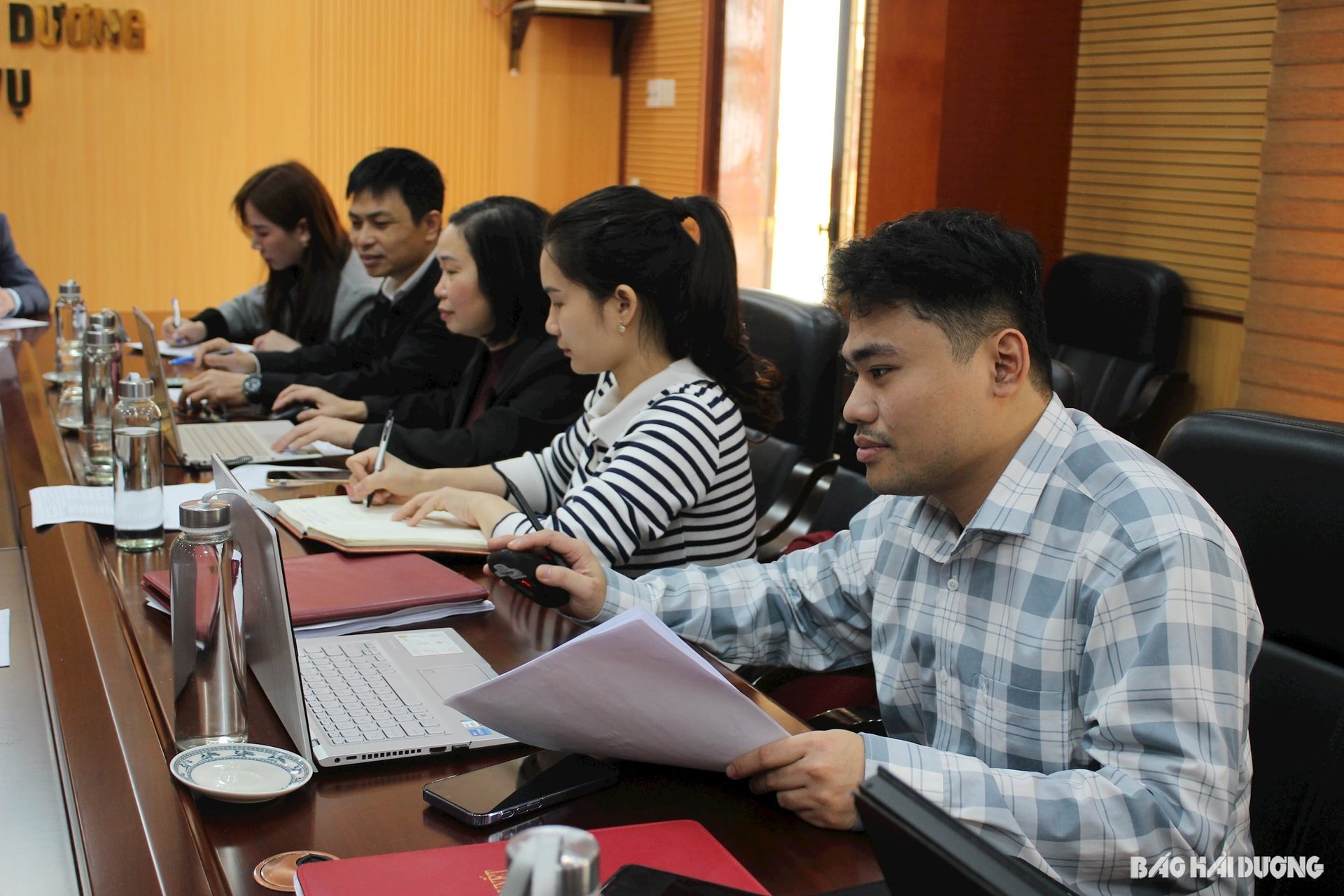
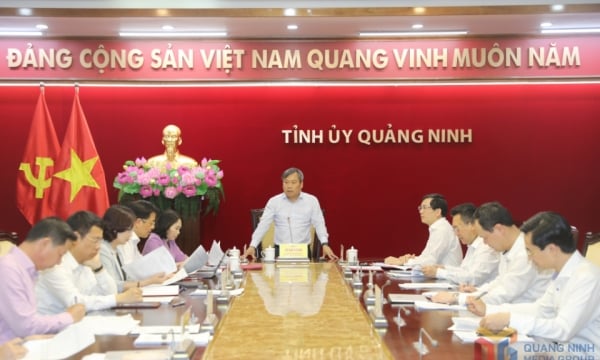
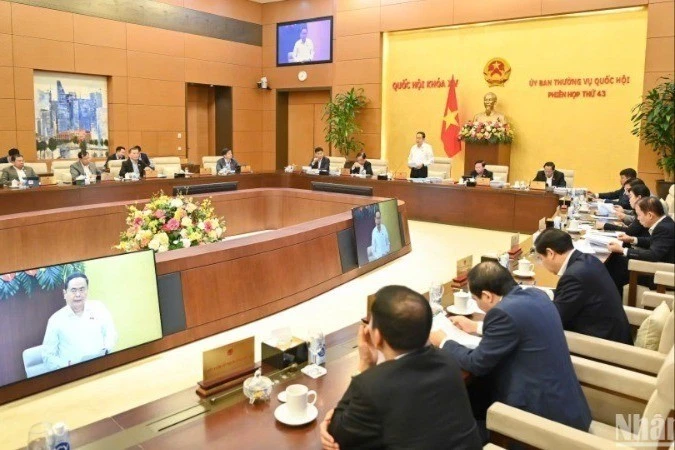




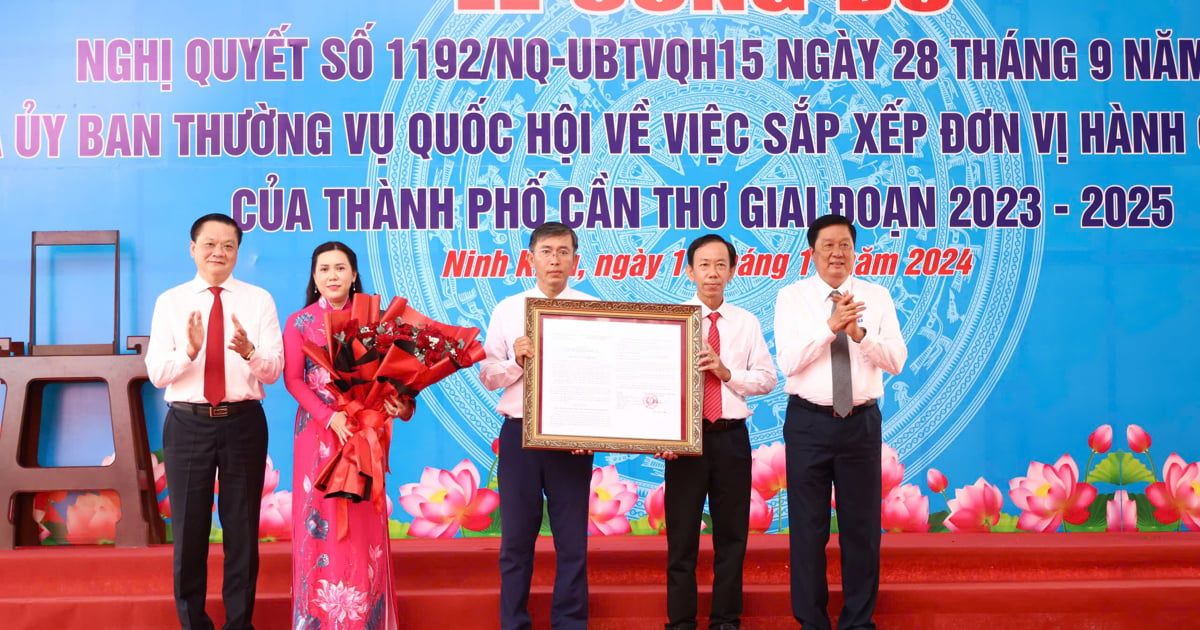
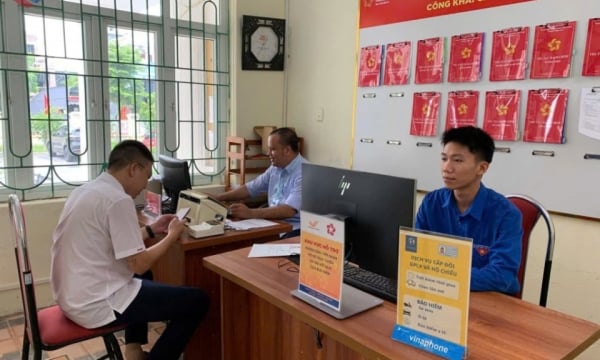














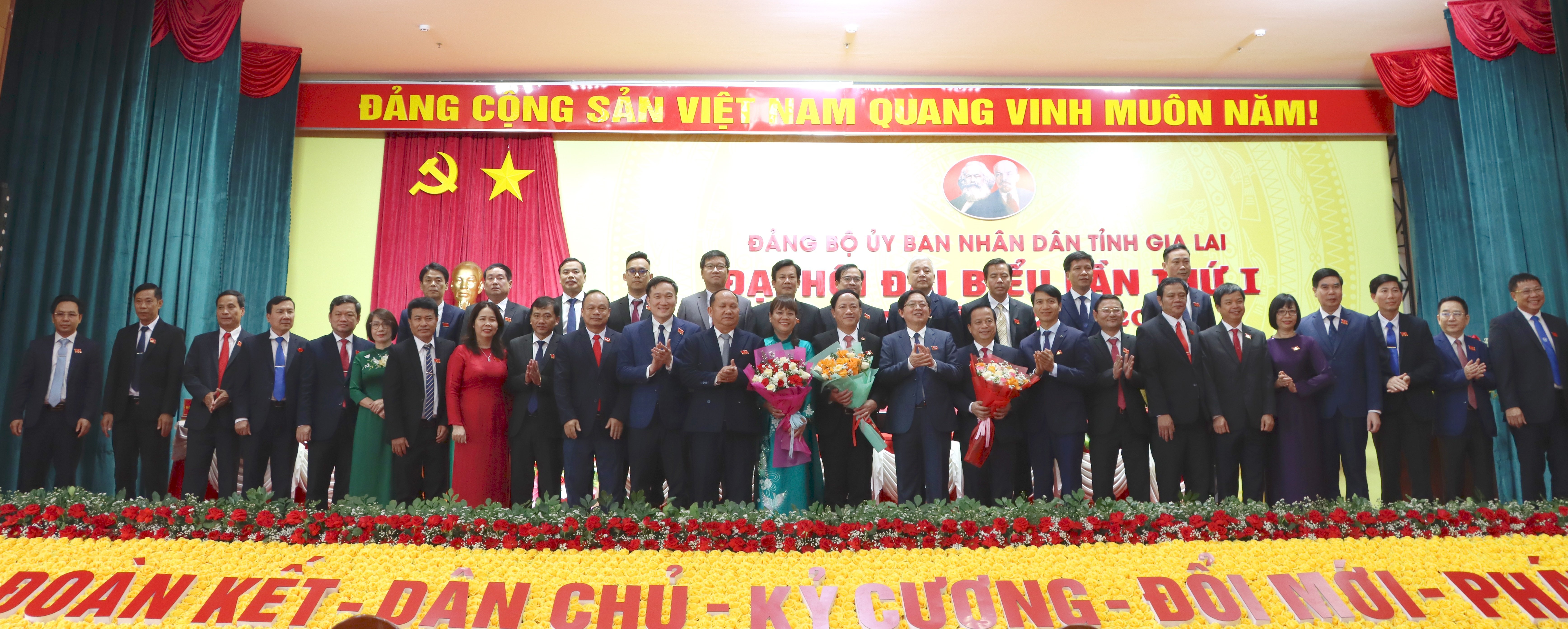




















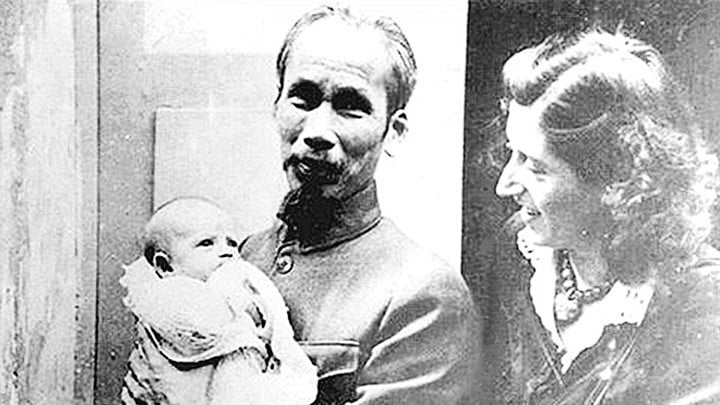


























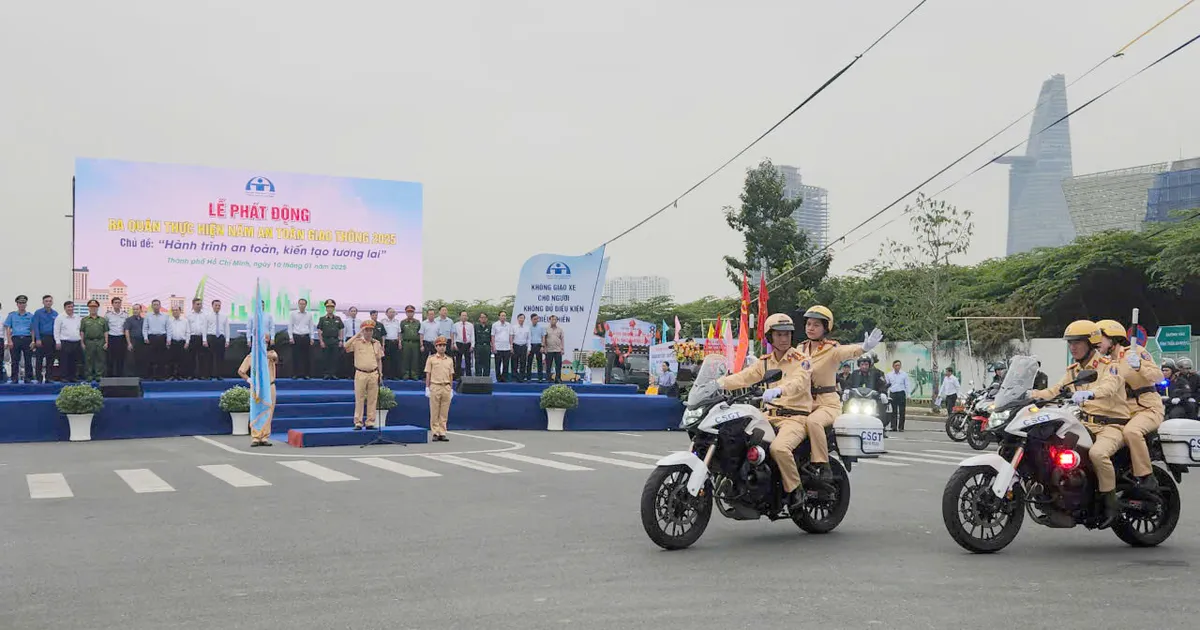
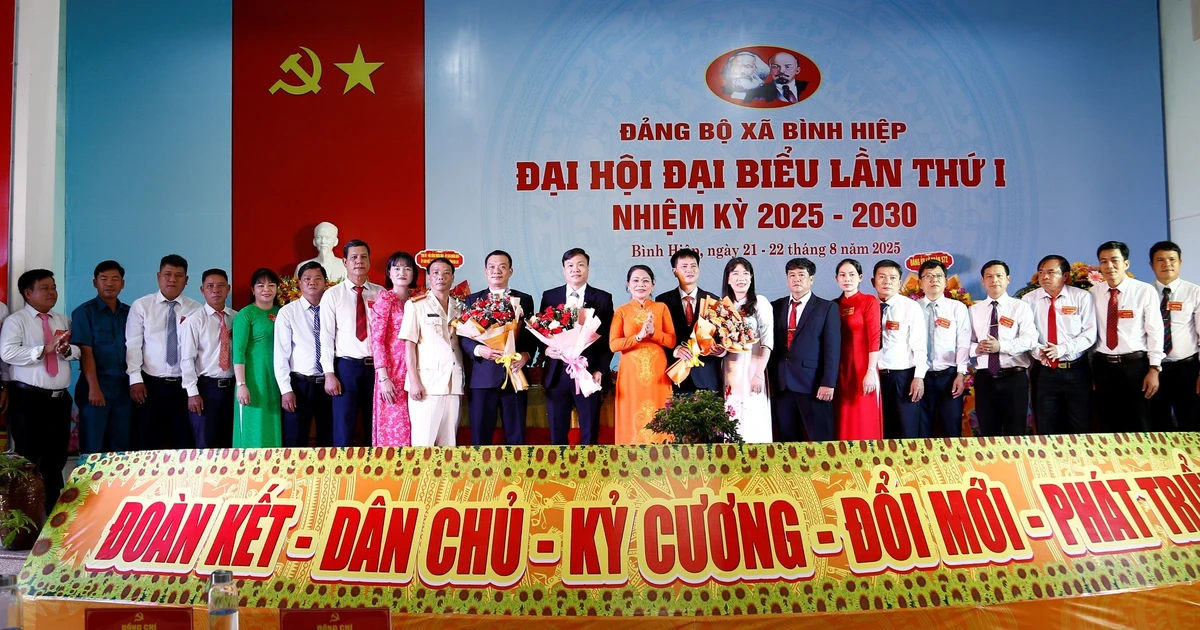




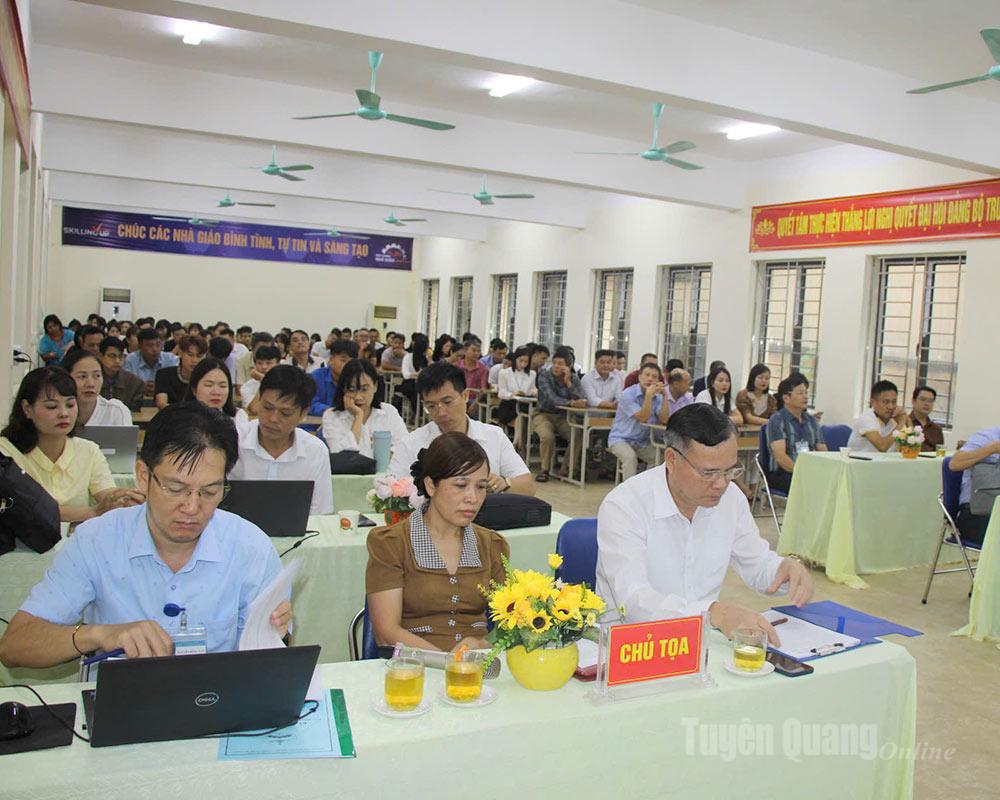














Comment (0)